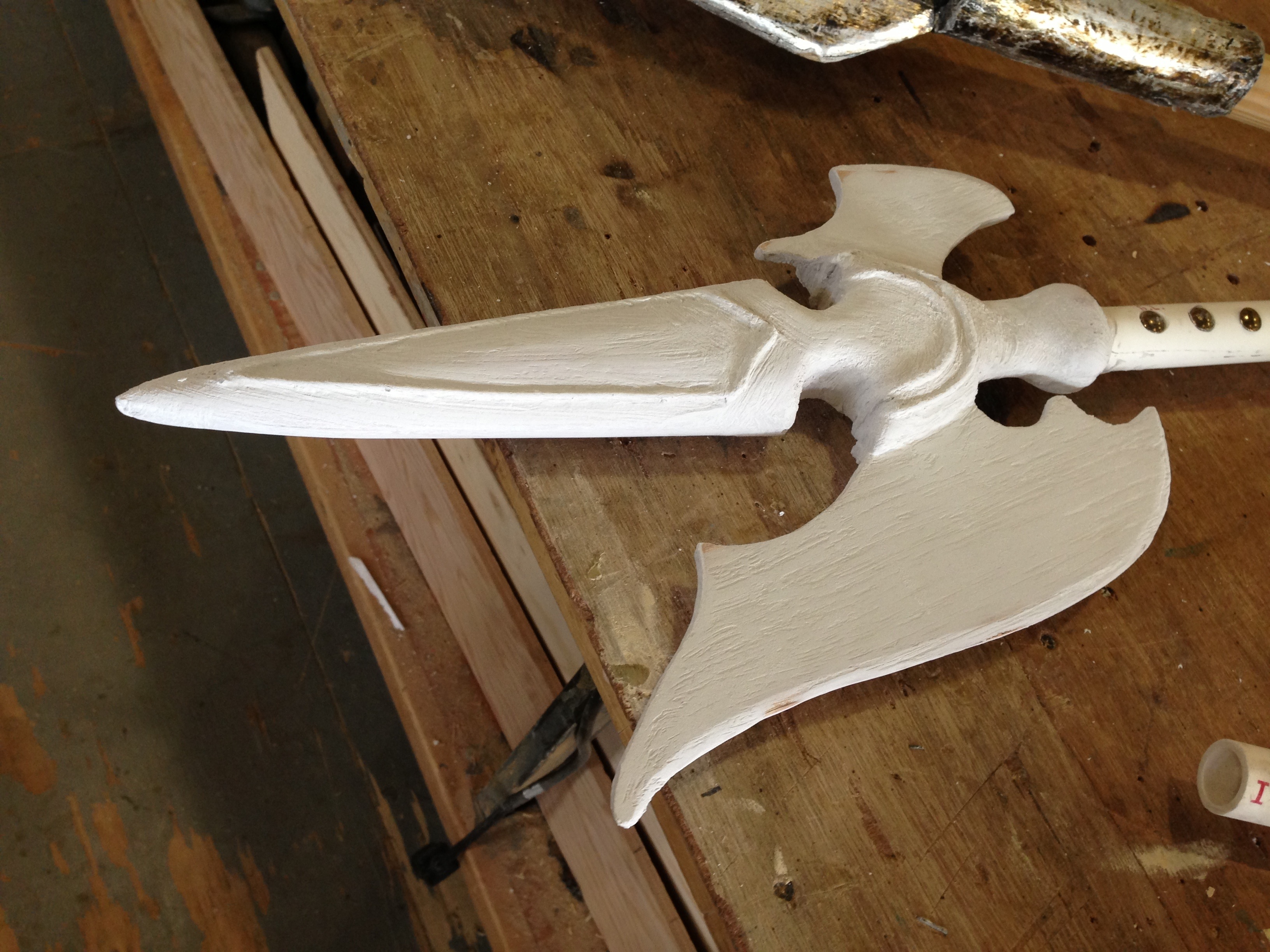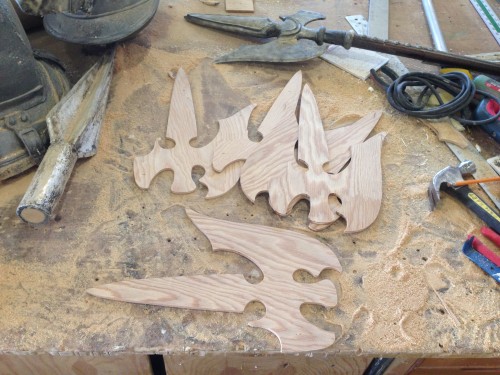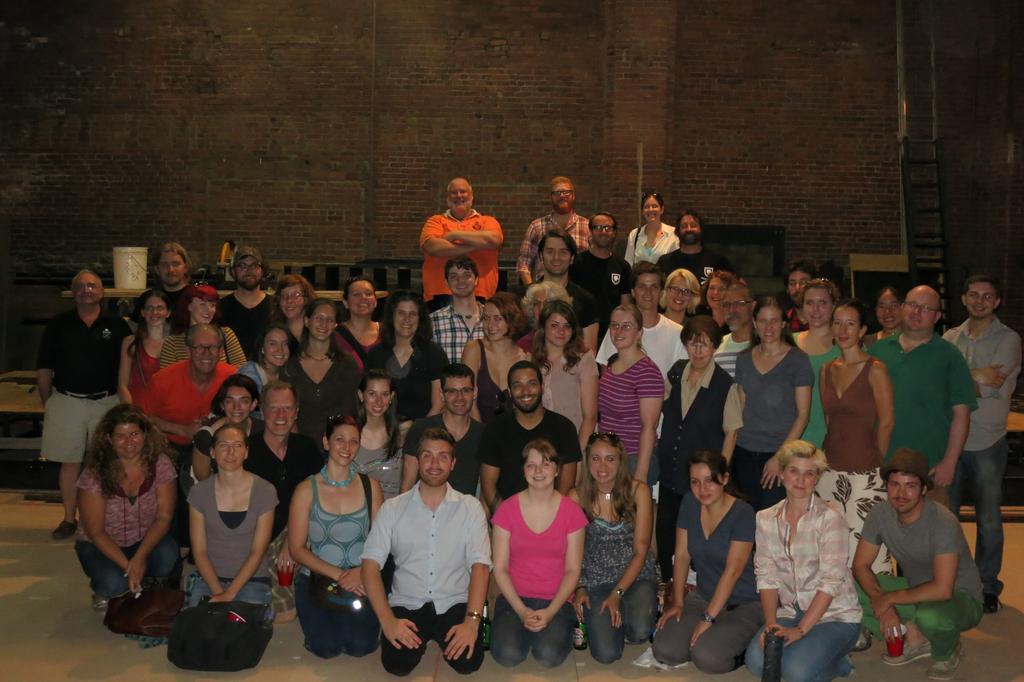Tony Swatton, who we’ve seen on this blog before, has a new video where he builds a set of Wolverine’s claws from scratch. They are 18-gauge steel, and they are SHARP!
Vermont Public Radio has a story on 50 years of the Bread and Puppet Theatre. I first saw these guys around 1998 or so, and again just last year. Their performances are fun but compelling, and the design and construction of their puppets have almost certainly influenced many contemporary puppeteers.
Speaking of puppets, a few months ago, puppeteer Emily DeCola, of Puppet Kitchen, was struck by a cyclist while crossing the street. Her injuries left her with crazy medical bills and the loss of her sense of smell. Her fellow puppeteers have organized a puppet cabaret fundraising event for her TONIGHT, so if you’re in New York City, why not check it out? If not, you can always donate to the cause. Emily worked on a number of shows while I was at the Public Theater and Shakespeare in the Park, and her work is always amazing.
Propnomicon pointed me to this great two-part tutorial on making a shrunken head. It steps through the molding, casting and finishing of a clay model.
Finally, enjoy this small collection of 19th-century collector cards featuring various trades, such as woodworking and blacksmithing.











